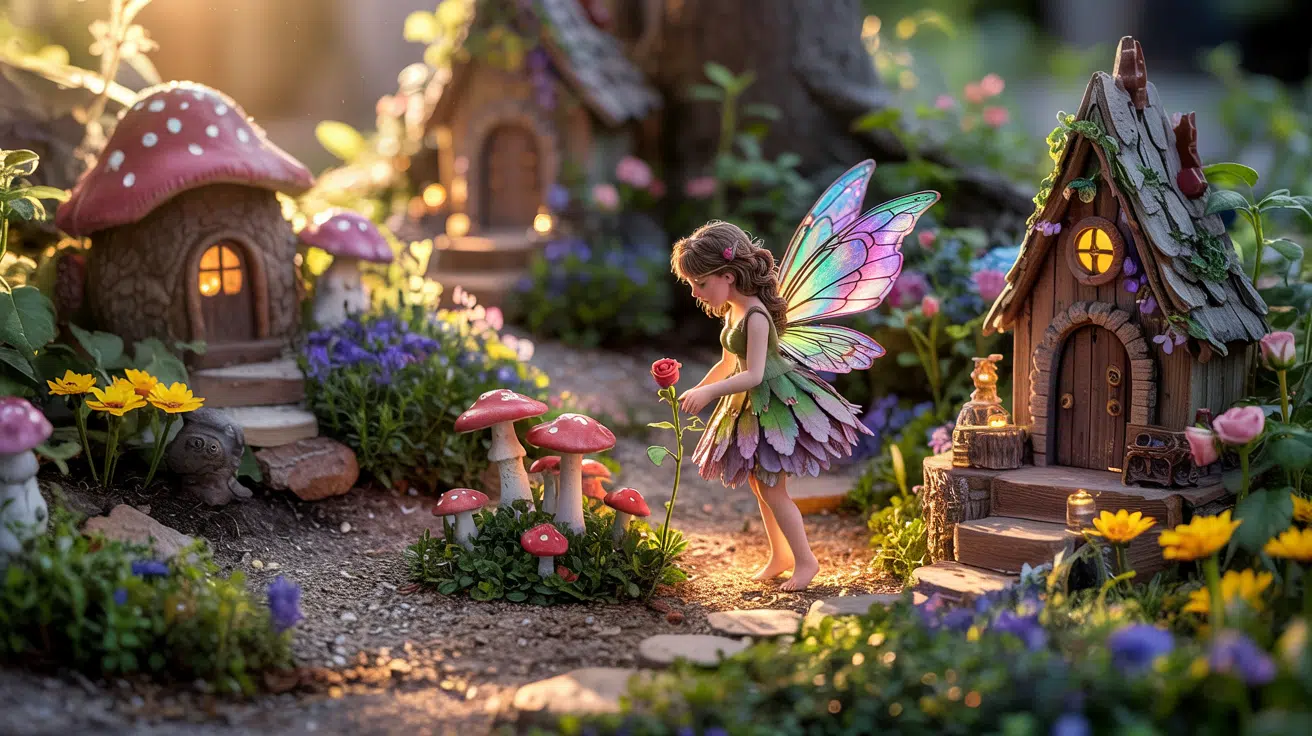How Long It Takes for Apple Trees to Bear Fruit
Welcome to your comprehensive guide on growing apple trees! There’s something truly magical about plucking a ripe, juicy apple from your tree.
The expedition from planting to that first satisfying bite is filled with anticipation, care, and rewarding milestones.
But as you venture on this fruitful experience, you might wonder: “How long does it take for an apple tree to bear fruit?”
The answer isn’t as simple as you might think. Factors like tree type, growing conditions, and care are crucial in determining when you’ll enjoy your first homegrown harvest.
In this guide, we’ll walk you through everything you need to know about growing apple trees, from choosing the right variety to nurturing your tree through its various growth stages. Let’s get started on your path to apple abundance!
The Best Climate to Grow Apple Trees
Apples are remarkably adaptable fruits grown in various parts of the world. However, they thrive best under specific climatic conditions and environments. Understanding these ideal conditions is crucial for successful apple cultivation.
1. Hardiness Zones
Apple trees generally grow best in USDA Hardiness Zones 3 to 8. However, specific varieties have different preferences:
- “Hardy” varieties: Best suited for Zones 3 to 5
- “Long-season” varieties: Perform better in Zones 5 to 8
It’s essential to check the hardiness zone of your specific location and choose apple varieties accordingly.
2. Temperature Requirements
Apples require winter chilling to set fruit properly. This is measured in “chill hours,” which are the number of hours the temperature is between 32°F and 45°F (0°C to 7°C).
- Most apple varieties need between 500 and 1,000 chill hours
- Some low-chill varieties can produce fruit with as little as 300 chill hours
The farther north you go, the more chill hours an apple variety typically needs to avoid late spring freeze problems.
3. Soil Conditions
Apples prefer well-drained, fertile soil with a slightly acidic to neutral pH:
- Ideal soil pH: 6.0 to 6.5
- Acceptable pH range: 5.5 to 7.0
Light—to medium-textured soils are best. Heavy clay soils, on the other hand, can lead to poor drainage and root rot, so they should be amended if necessary.
4. Sunlight Needs
Apple trees are sun-lovers. They require:
- Full sun exposure
- At least 6 hours of direct sunlight daily
Adequate sunlight is crucial for fruit development, flavor, and color.
5. Air Circulation
Good air circulation is vital for apple trees to:
- Reduce the risk of fungal diseases
- Help leaves dry quickly after rain or irrigation
Plant trees in a location with good airflow, avoiding low-lying areas where cold air settles.
6. Water Requirements
While established apple trees are relatively drought-tolerant, they perform best with:
- Consistent moisture
- About 1 inch of water per week during the growing season
Proper irrigation is especially crucial for young trees and during fruit development.
Considering these climatic conditions and environmental factors, you can create an ideal growing environment for your apple trees, setting the stage for healthy growth and bountiful harvests.
Apple Tree Varieties: Choosing Your Perfect Match
When planning your apple orchard or deciding on a tree for your backyard, it’s crucial to understand the different types of apple trees available.
The three main types – dwarf, semi-dwarf, and standard – vary in size, time to fruit-bearing, and overall lifespan. Let’s explore each type in detail:
1. Dwarf Apple Trees
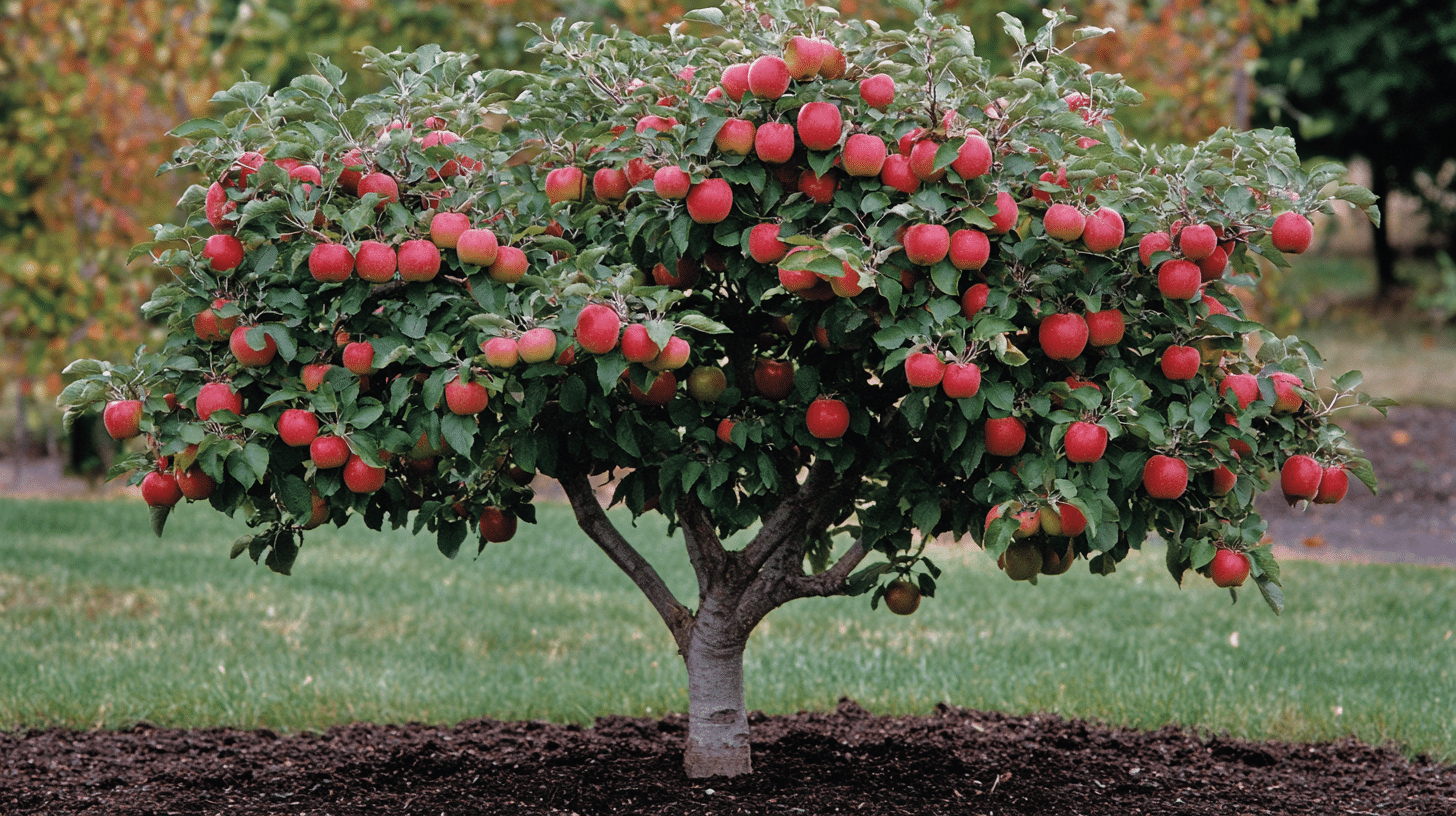
Dwarf apple trees are an excellent choice for small gardens or for those who want fruit production sooner.
Characteristics:
- Height: Typically 8-10 feet tall
- Spread: Usually 8-10 feet wide
- Time to fruit: Begin fruiting in 2-3 years after planting
- Lifespan: Generally 15-20 years
Advantages:
- Perfect for small spaces
- Easier to prune and harvest
- Fruit production starts earlier
- Ideal for container gardening
Considerations:
- It may require staking due to smaller root systems
- Generally produce less fruit overall compared to larger trees
- Maybe less hardy in extreme weather conditions
2. Semi-Dwarf Apple Trees
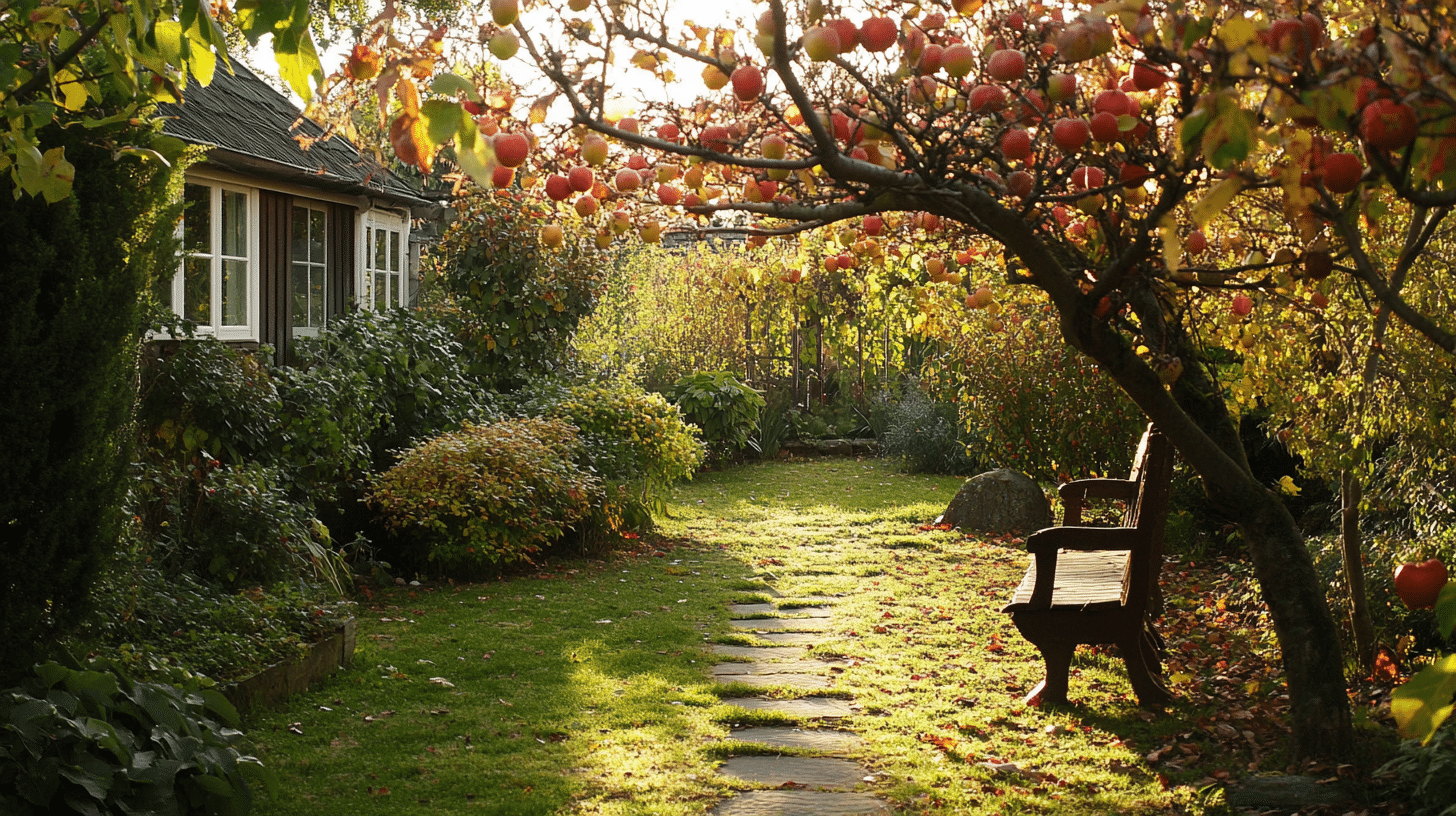
Semi-dwarf trees offer a balance between the compact size of dwarfs and the powerful nature of standard trees.
Characteristics:
- Height: Usually 12-15 feet tall
- Spread: Typically 12-15 feet wide
- Time to fruit: Start fruiting in 3-5 years after planting
- Lifespan: About 20-25 years
Advantages:
- Good balance between size and fruit production
- More stable than dwarf trees, often not requiring support
- Easier to manage than standard trees
Considerations:
- Require more space than dwarf trees
- May need a ladder for pruning and harvesting upper branches
3. Standard Apple Trees
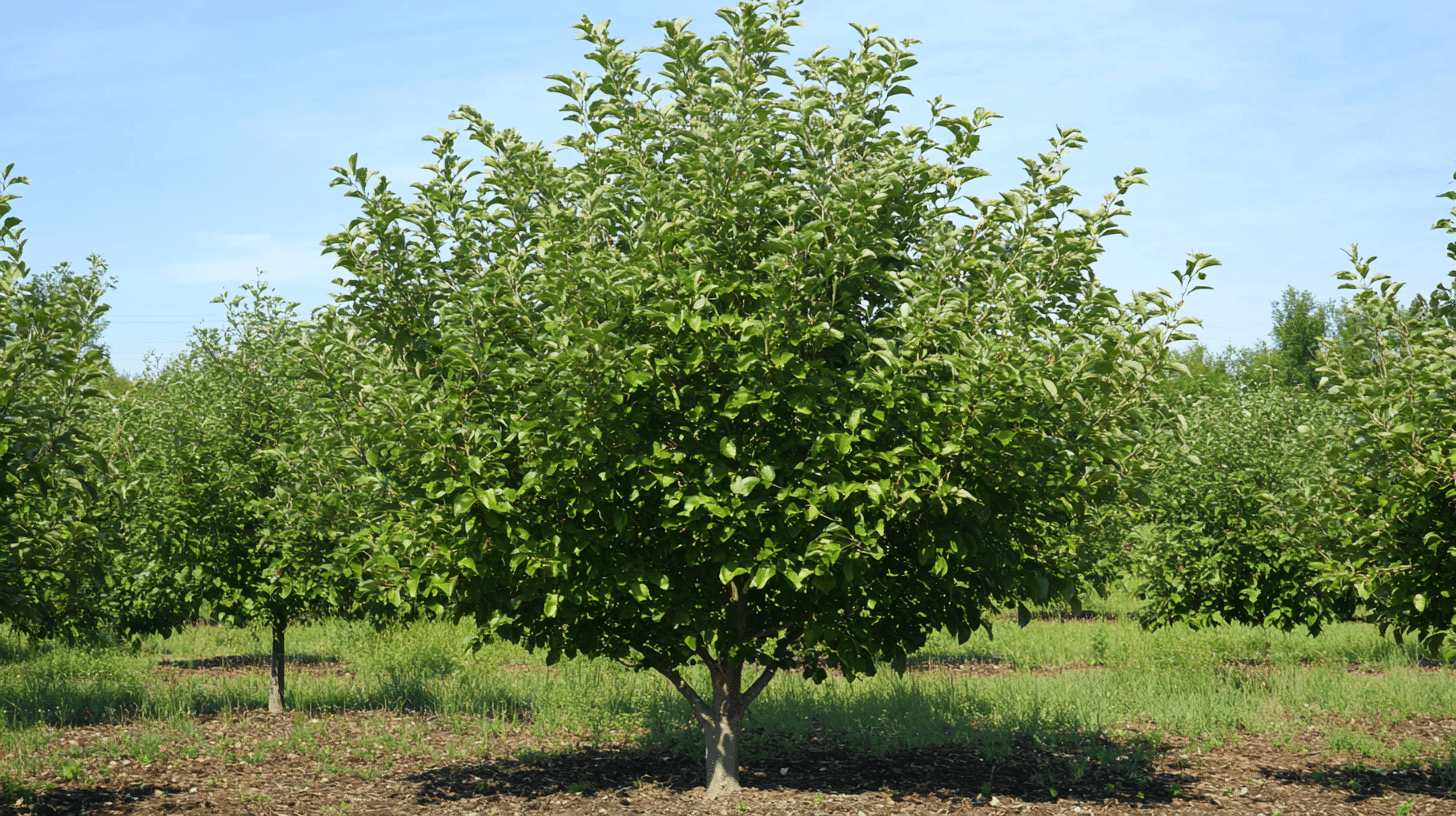
Standard apple trees are the traditional, full-sized trees you might remember from old orchards.
Characteristics:
- Height: Can grow 18-25 feet tall or more
- Spread: Often 15-25 feet wide
- Time to fruit: Take 4-8 years to bear fruit
- Lifespan: Can live and produce for 50 years or more
Advantages:
- Produce the most fruit per tree
- Very hardy and long-lived
- Deep root systems make them more drought-resistant
Considerations:
- Require significant space
- More challenging to prune and harvest
- Not suitable for small gardens or container growing
When choosing your apple tree type, consider your available space, how quickly you want fruit, and how long you plan to maintain the tree.
Each type has advantages; the choice depends on your needs and gardening situation.
Can You Grow Apples from Seeds?
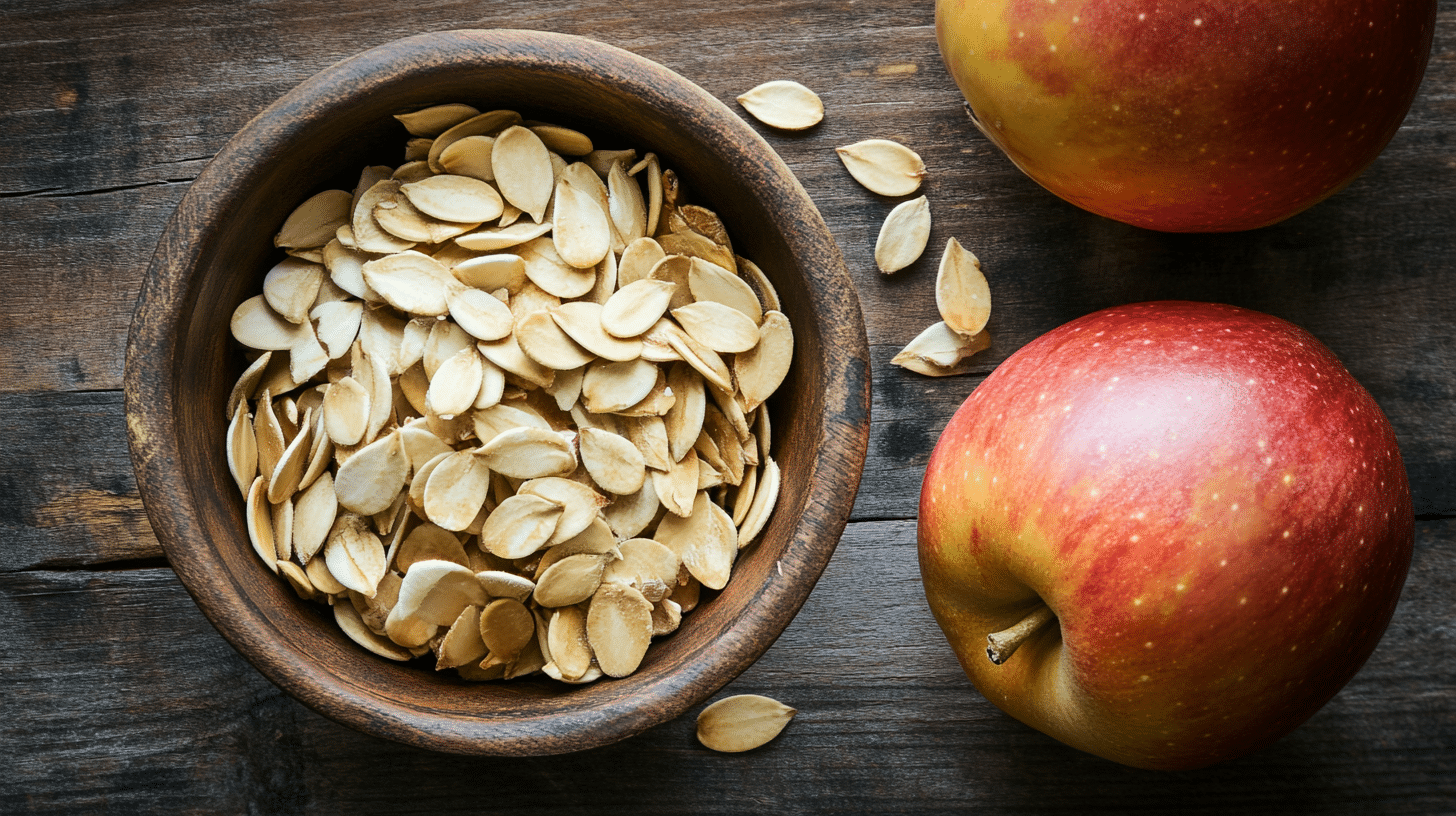
Many gardeners wonder if they can grow apple trees from the seeds they find in their favorite apples.
While growing an apple tree from seed is possible, the results may not be what you expect. Let’s explore the pros and cons of this method:
The Process of Growing Apples from Seeds
- Seed Extraction: Remove seeds from a ripe apple.
- Stratification: Mimic winter conditions by keeping seeds in a moist medium in the refrigerator for 70-80 days.
- Germination: Plant stratified seeds in pots with well-draining soil.
- Transplanting: Move seedlings outdoors once they’re sturdy enough and weather permits.
Pros of Growing Apples from Seed
- Educational experience, especially for children
- Potentially discover a new, unique apple variety
- Cost-effective way to grow trees (if you’re patient)
Cons of Growing Apples from Seed
- Long wait for fruit production (6-10 years or more)
- Uncertain fruit quality and tree characteristics
- It may produce apples unsuitable for eating
- The tree may not be well-adapted to your local climate
Time to Fruit Production
- Seed-grown trees: Usually take 6-10 years to produce fruit.
- Grafted trees from nurseries: Can produce fruit in 2-5 years, depending on the rootstock.
Alternative: Buying Saplings
Most gardeners choose to buy young trees from nurseries because:
- Trees are grafted onto rootstocks for predictable size and earlier fruiting
- Varieties are known and selected for taste, disease resistance, and climate suitability
- Fruit production begins much sooner
While growing apples from seed can be a fun experiment, purchasing young trees from a reputable nursery is generally recommended for reliable results and quicker fruit production.
Optimal Planting Windows for Apple Trees
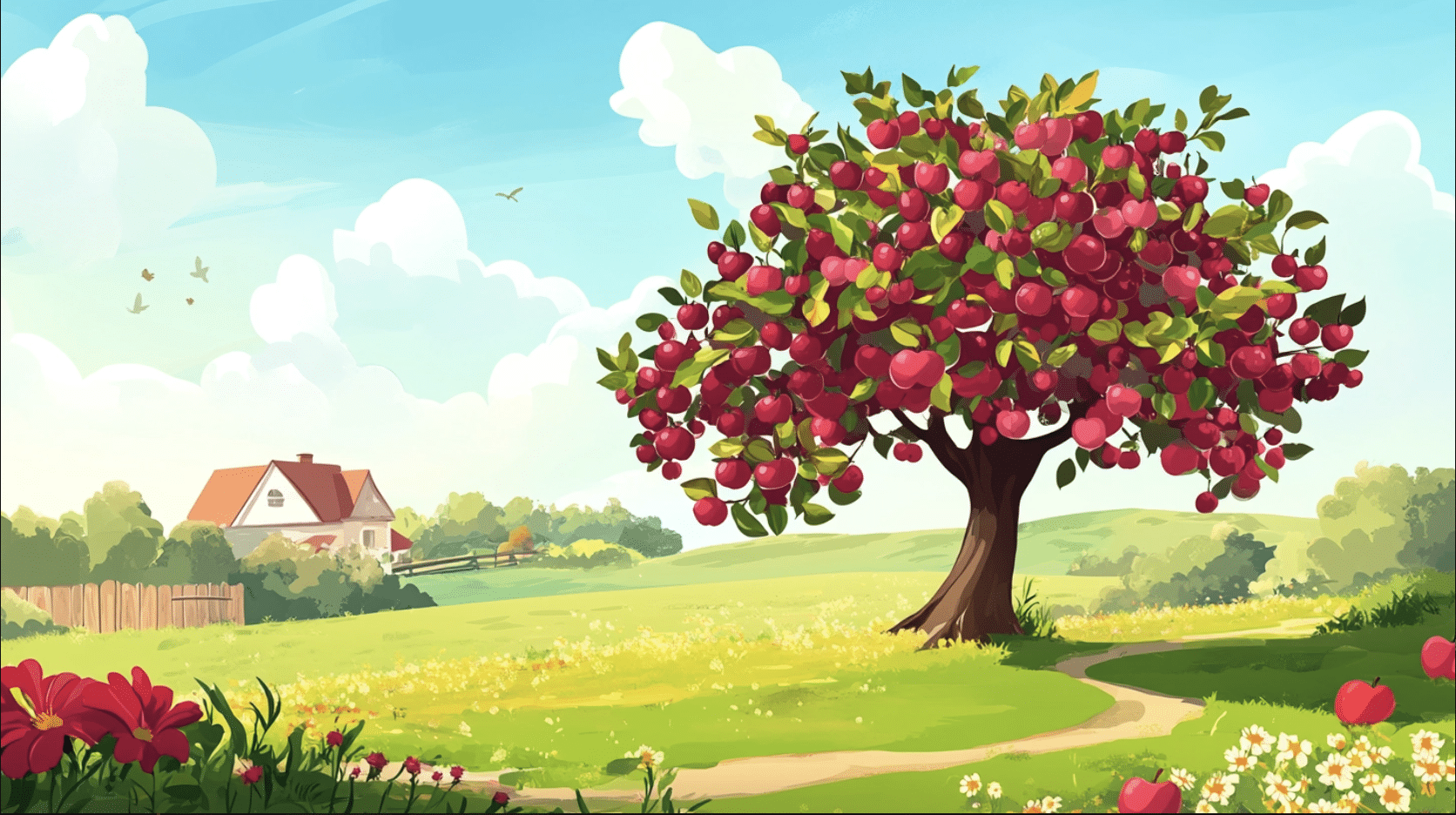
The optimal planting time depends on your climate and the type of tree you’re planting:
1. Spring Planting
- Best for cold climates (USDA zones 1-5)
- Plant as soon as the ground can be worked
- Allows trees to establish roots before winter
2. Fall Planting
- Ideal for mild climates (USDA zones 6-10)
- Plant 6 weeks before the ground freezes
- Gives trees time to establish roots before spring growth
3. Bare-root Trees
- Plant in early spring while still dormant
4. Container-grown Trees
- Can be planted throughout the growing season
- Ensure adequate watering if planting in summer
Choosing the Perfect Spot for Your Apple Tree
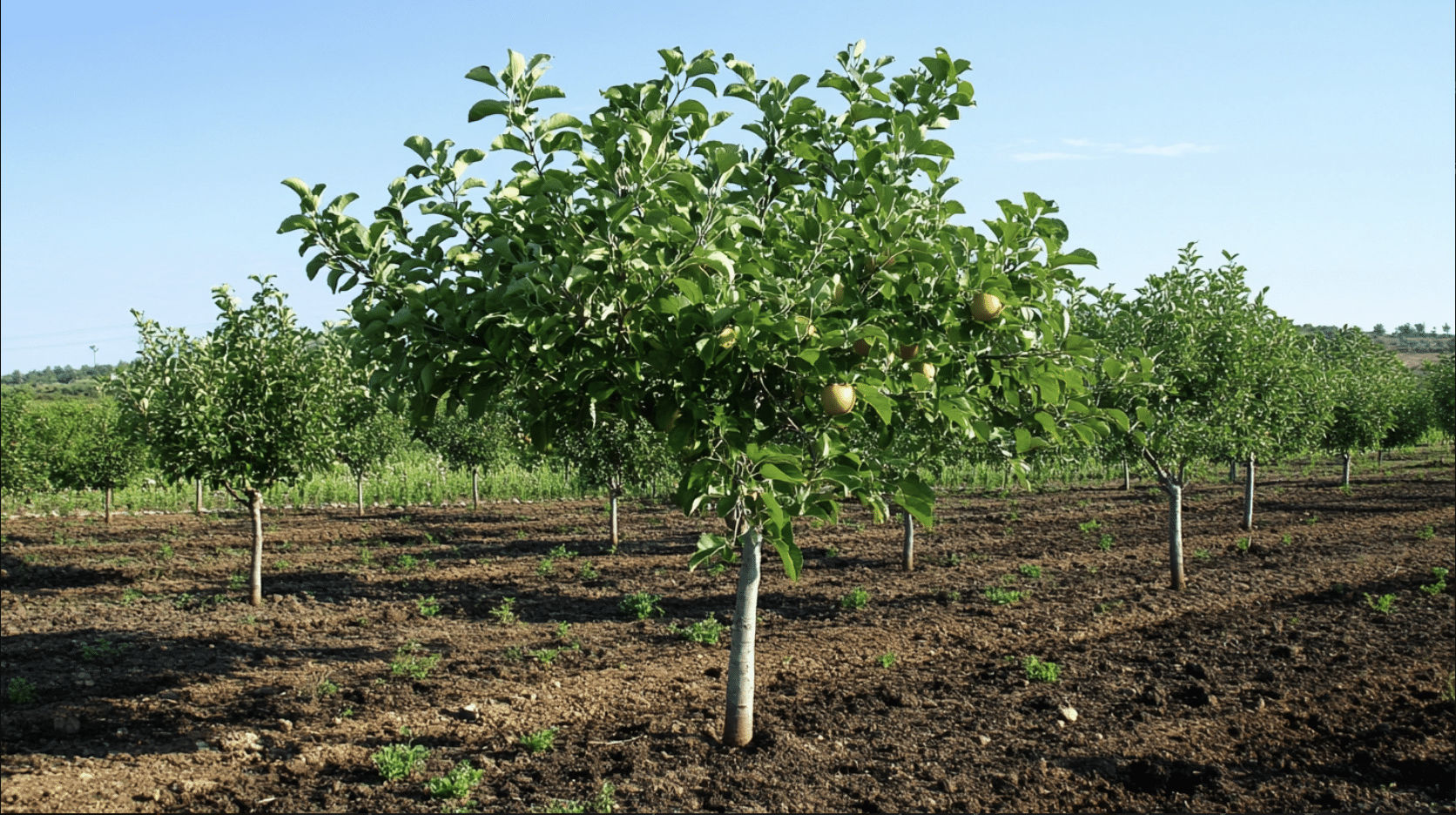
Choosing the right location is vital for the health and productivity of your apple trees:
1. Sunlight Requirements
- Full sun exposure (6-8 hours of direct sunlight daily)
- Morning sun helps dry dew quickly, reducing disease risk
2. Soil Conditions
- Well-draining soil
- Slightly acidic to neutral pH (6.0-7.0)
- Avoid heavy clay soils or improve drainage if necessary
3. Air Circulation
- Good airflow reduces disease risk
- Avoid low-lying areas where cold air settles
4. Spacing
- Dwarf trees: 8-10 feet apart
- Semi-dwarf trees: 12-15 feet apart
- Standard trees: 20-25 feet apart
5. Protection
- Shelter from strong winds
- Away from frost pockets
6. Water Access
- Near a water source for easy irrigation
7. Future Growth Considerations
- Account for mature tree size
- Avoid planting near buildings, power lines, or septic systems
8. Pollination
- Plant compatible varieties within 50 feet of each other for cross-pollination
By carefully considering when and where to plant your apple trees, you’ll give them the best start possible, setting the stage for healthy growth and bountiful harvests in the years to come.
Steps for Planting Apple Seeds Successfully
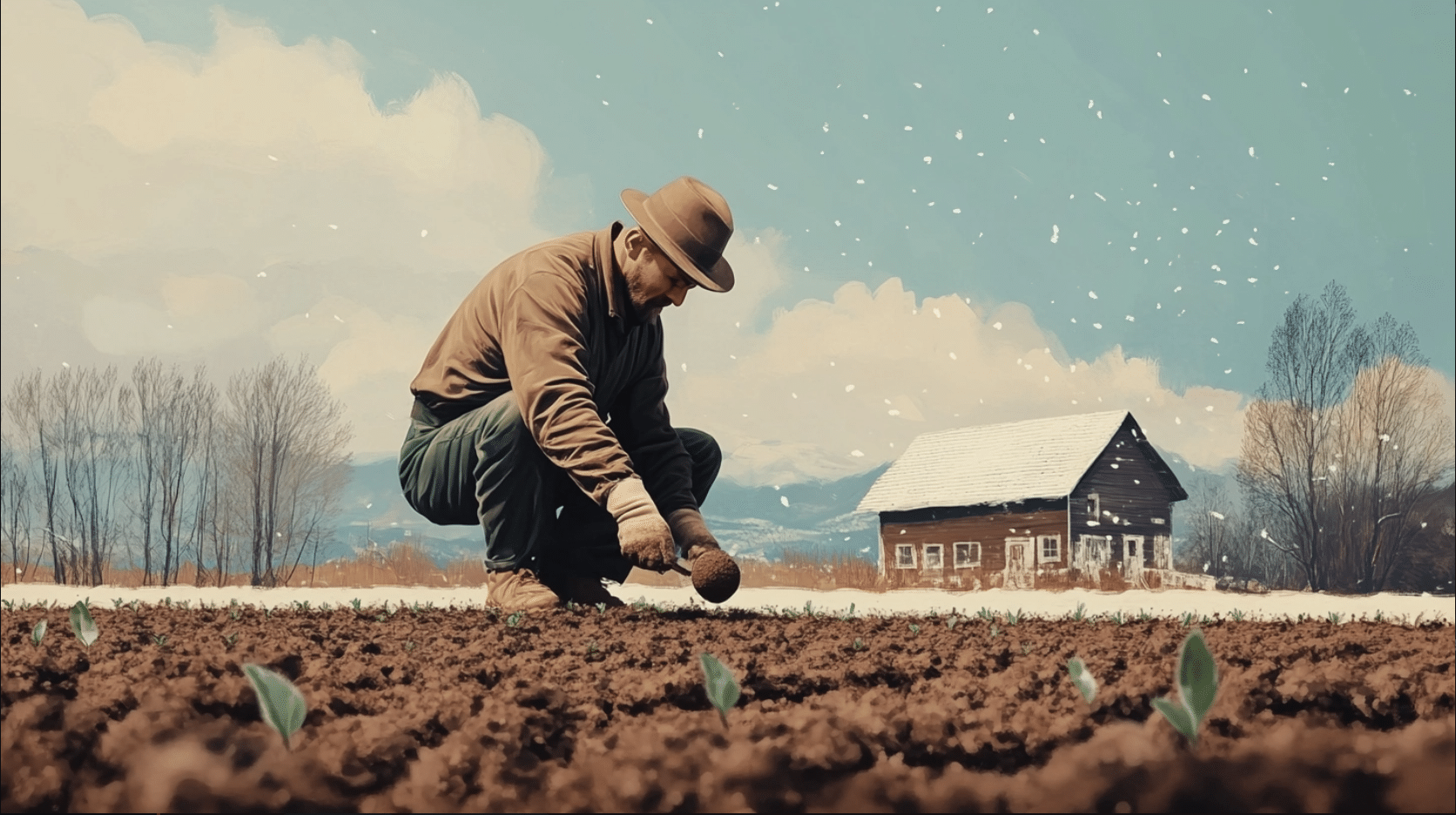
While growing apple trees from seeds isn’t the most efficient way to produce fruit, it can be a fun and educational project. Here’s a step-by-step guide on how to plant apple seeds:
Step 1: Obtain Seeds
- Choose ripe apples from a variety you enjoy.
- Cut the apples and remove the seeds.
- Clean the seeds, removing any flesh or debris.
Step 2: Stratification
Apple seeds need a period of cold dormancy to germinate. This process is called stratification.
- Dampen a paper towel and place the seeds on it.
- Fold the paper towel to cover the seeds.
- Place the paper towel in a sealable plastic bag.
- Label the bag with the date and apple variety.
- Store in the refrigerator for 70-80 days.
Step 3: Germination
- After stratification, remove seeds from the refrigerator.
- Prepare small pots with well-draining potting soil.
- Plant seeds about 1/2 inch deep.
- Water gently but thoroughly.
- Place pots in a warm location (70°F / 21°C).
- Keep soil moist but not waterlogged.
Step 4: Seedling Care
- Once seedlings emerge (2-4 weeks), ensure they receive plenty of light.
- Water regularly, allowing the soil to dry slightly between waterings.
- When seedlings are 3-4 inches tall, transplant to larger pots if necessary.
Step 5: Transplanting Outdoors
- Harden off seedlings by gradually exposing them to outdoor conditions over 7-10 days.
- Choose a suitable planting location (refer to “Where to Plant Apple Trees” section).
- Dig a hole twice the size of the root ball.
- Plant the seedling at the same depth it was growing in the pot.
- Water thoroughly and mulch around the base.
Growing apple trees from seeds is a long-term project that requires patience. While it’s not the most practical way to grow apples for consumption, it can be a rewarding experience and a great way to learn about plant genetics and tree growth.
Apple Tree Development: A Yearly Breakdown
Understanding the growth stages of an apple tree helps you know what to expect and how to care for your tree as it matures. Here’s a year-by-year breakdown of an apple tree’s growth:
Year 1: Seedling or Sapling Stage
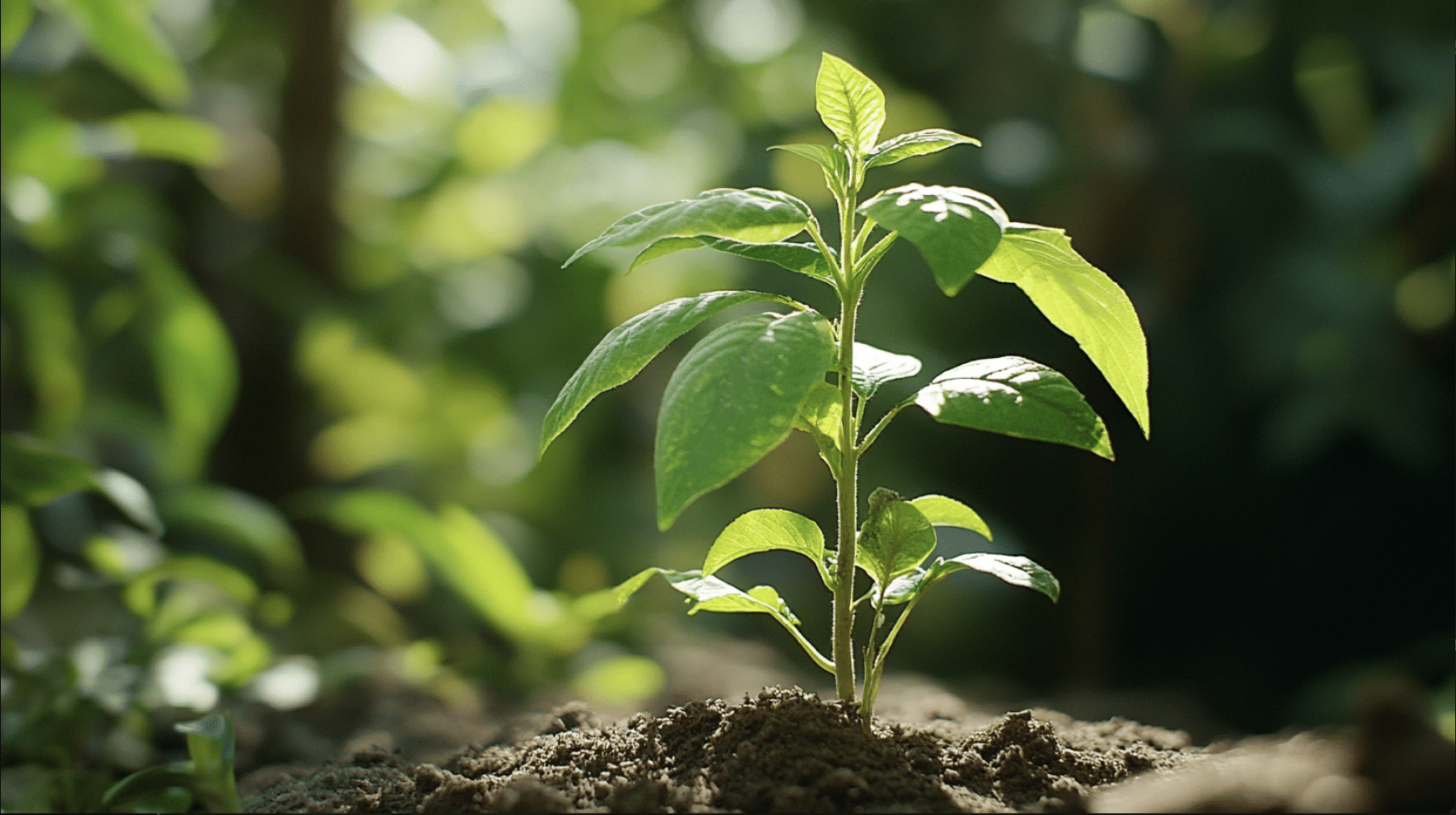
- If grown from seed: Germination occurs, and a small seedling emerges.
- If planted as a sapling, The tree focuses on establishing its root system.
- Growth is primarily underground at this stage.
- Minimal pruning is required; focus on watering and protecting from pests.
Years 2-3: Early Growth and Development
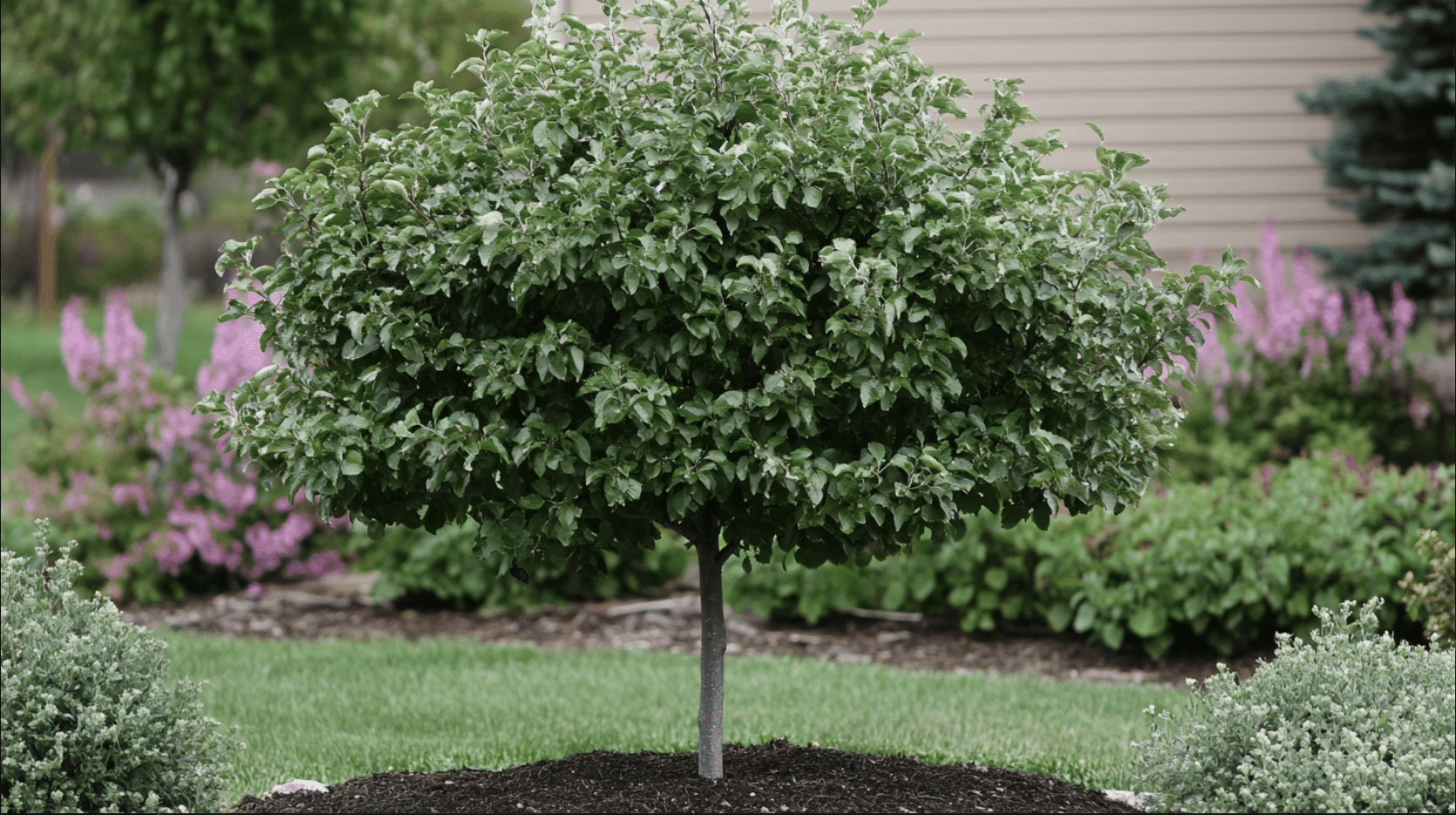
- The tree begins to establish its structure.
- Branches start to develop and spread.
- For dwarf varieties, you might see the first flowers (though it’s best to remove them to focus the tree’s energy on growth).
- Start training the tree to the desired shape through pruning.
Years 3-5: Pre-fruiting Stage
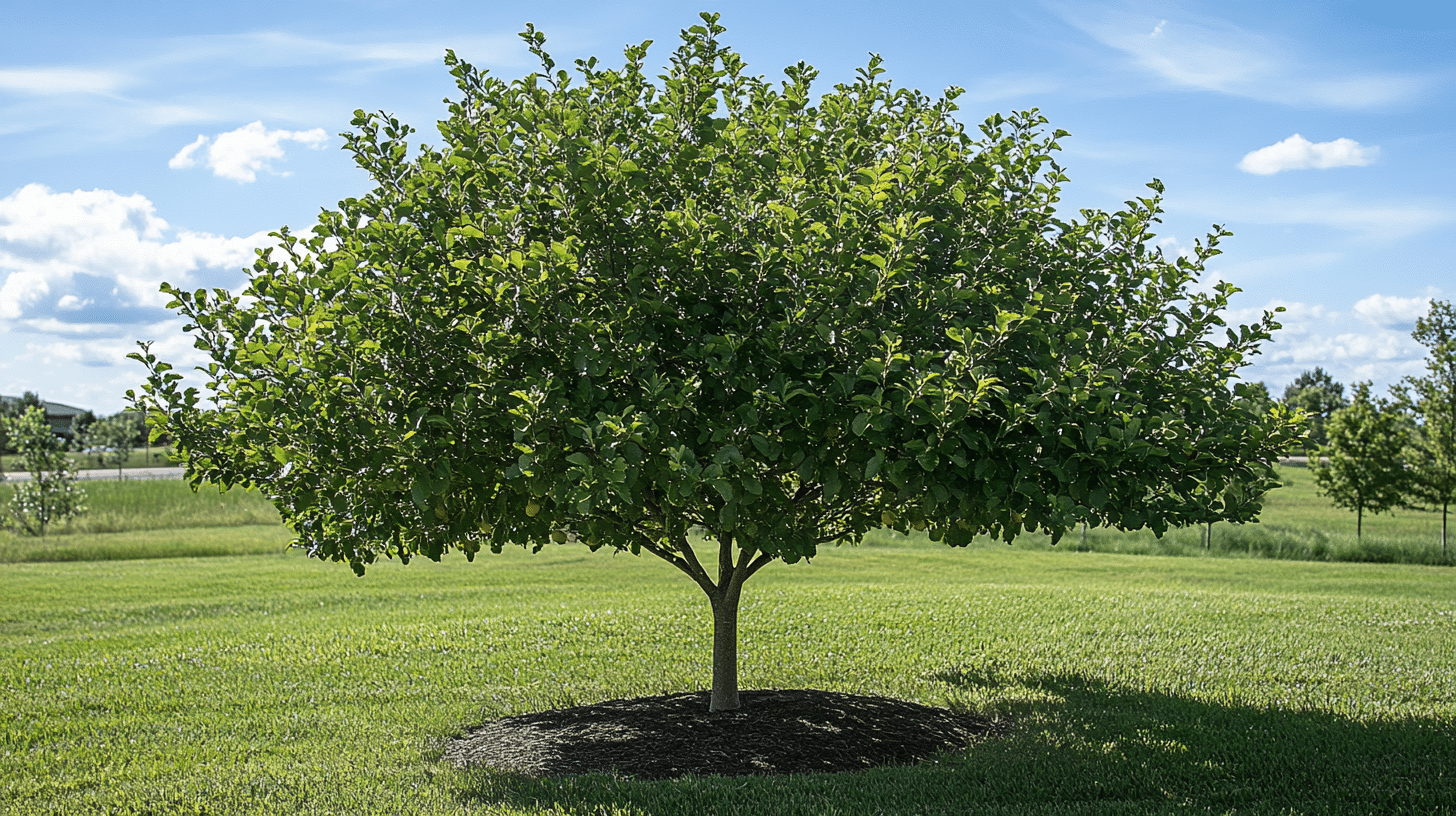
- The tree continues to grow in height and spread.
- Dwarf and some semi-dwarf trees may begin to bear fruit.
- Standard trees continue to focus on vegetative growth.
- Pruning becomes crucial for developing a strong structure.
Years 5+: Maturity and Full Fruit Production
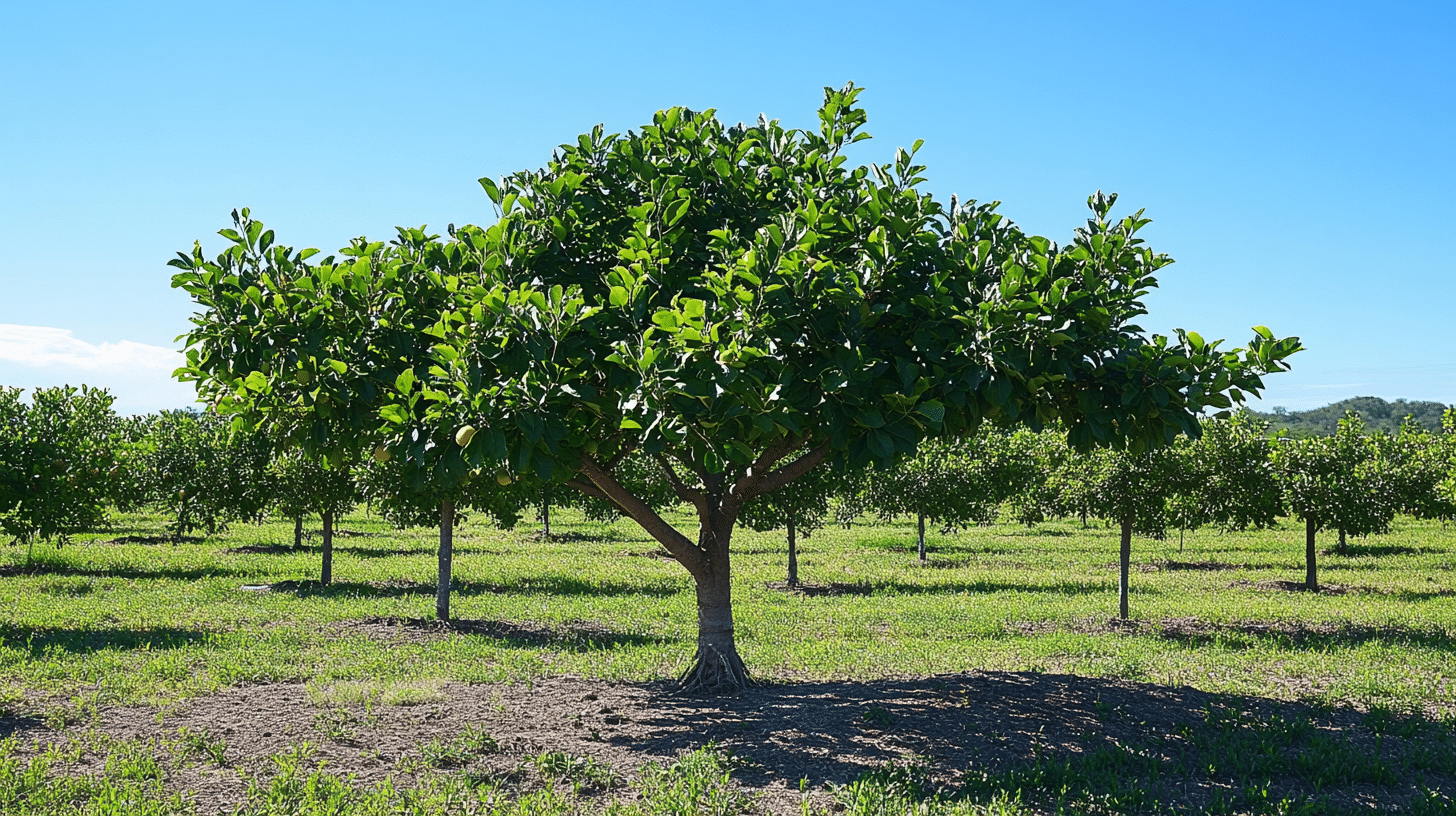
- Most trees enter full fruit production.
- Standard trees may take up to 8 years to begin fruiting.
- The tree reaches its full height (depending on rootstock).
- Annual pruning, fertilizing, and pest management become routine.
Years 10-50+: Productive Maturity
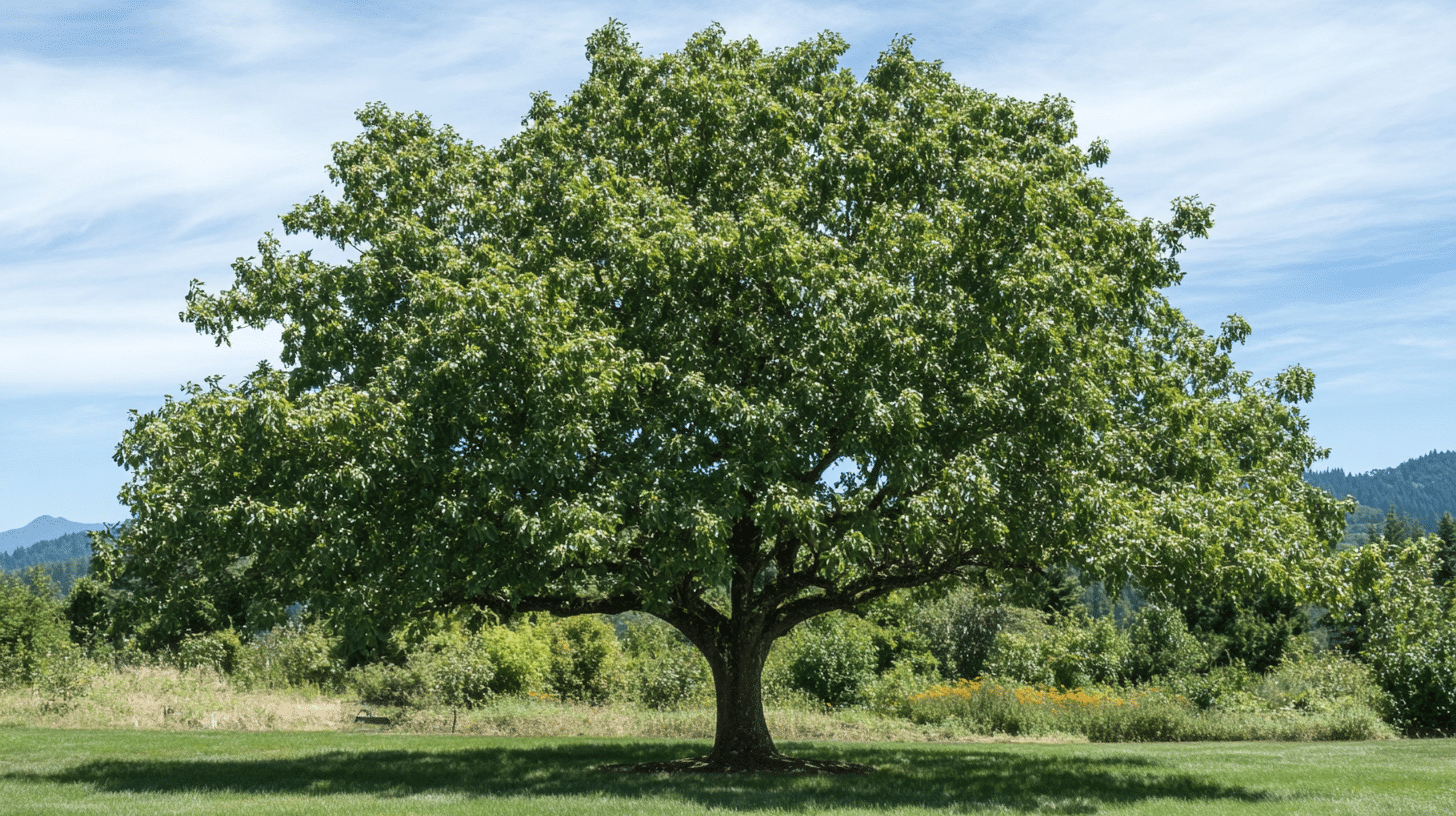
- Trees continue to bear fruit annually.
- Fruit quality and quantity may peak and then gradually decline with age.
- Dwarf trees may begin to decline after 15-20 years.
- Standard trees can remain productive for 50 years or more with proper care.
Proper care, including watering, fertilization, pruning, and pest management, is crucial for healthy growth and optimal fruit production throughout all stages.
Remember that these timelines vary based on the specific variety, rootstock, growing conditions, and care provided.
Cultivating Success: Essential Care for Productive Apple Trees

Maintaining healthy and productive apple trees is simpler than you might think. Focus on these key areas:
1. Watering
- Water deeply and regularly, especially during dry spells.
- Aim for about 1 inch of water per week during the growing season.
- Avoid overwatering to prevent root rot.
2. Fertilization
- Apply a balanced fertilizer (like 10-10-10) in early spring.
- Don’t over-fertilize – it can reduce fruit production.
3. Pruning
- Prune annually in late winter to early spring.
- Remove dead, diseased, or crossing branches.
- Maintain an open center for good air circulation.
4. Pest and Disease Management
- Regularly check for signs of pests or diseases.
- Use appropriate treatments when necessary.
- Common issues: apple scab, fire blight, codling moth.
5. Fruit Thinning
- Thin fruits when they’re about the size of a dime.
- Leave one fruit per cluster, spaced about 6 inches apart.
Remember, consistent care is key to a bountiful harvest. With these simple steps, you’ll be well on your way to enjoying delicious homegrown apples.
Conclusion
Growing apple trees is a rewarding voyage that requires patience and dedication. From selecting the right variety to providing consistent care, each step brings you closer to enjoying crisp, juicy apples from your backyard.
Remember, trees take time to establish and mature, but with proper attention to watering, pruning, and pest management, you’ll set the stage for years of bountiful harvests.
The satisfaction of biting into a sun-warmed apple you’ve nurtured from seed or sapling is unparalleled. Not only will you enjoy fresh, organic fruit, but you’ll also create a beautiful, productive addition to your landscape.
We’d love to hear about your apple-growing adventures! Share your experiences or ask questions in the comments below. Happy growing!
Frequently Asked Questions (FAQs)
How Can I Encourage My Apple Tree to Produce Fruit?
Ensure proper pollination, prune correctly, maintain good nutrition, thin fruit clusters, and be patient. Most trees need 3-5 years before bearing fruit, but dwarf varieties may be produced sooner.
Why Isn’t My Apple Tree Bearing Fruit?
Possible reasons include young tree age, lack of pollination, improper pruning, nutrient imbalances, or unfavorable weather conditions. Ensure proper care and consider adding pollinators nearby.
Can I Grow an Apple Tree from Seed, and How Long Will It Take?
Yes, but it’s unpredictable. Seeds may not produce trees like the parent. Seed-grown trees take 5-10 years to bear fruit. Buying saplings is faster and more reliable.




